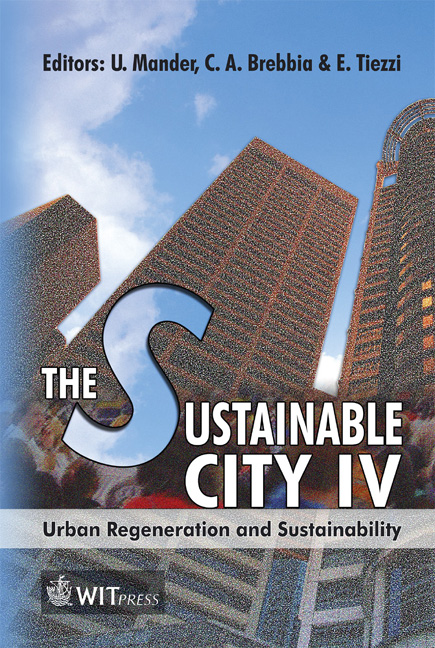Small And Medium-sized Enterprises, Employment Generation And Regional Development In Estonia
Price
Free (open access)
Transaction
Volume
93
Pages
9
Published
2006
Size
296 kb
Paper DOI
10.2495/SC060731
Copyright
WIT Press
Author(s)
U. Venesaar & Ü. Marksoo
Abstract
The issues of small and medium-sized enterprises (SME) development and employment generation in regions have attracted much attention in Estonia because of considerable regional differences in the number of enterprises and the labour market situation (e.g. job creation, unemployment) and because regional economic development has been strongly polarised to the territory around Tallinn, the Capital City. The aim of this paper is to assess the contribution of SMEs in the regional economic development of Estonia, focusing on their potential for generating employment through firm formation and job creation. The paper is based on empirical evidence drawn from the database of the National Tax Board and supplemented by a review of secondary data from other studies undertaken in Estonia. Entrepreneurial activity across regions indicates differences in the entrepreneurship environment and possibilities. Counties with larger centres have developed faster than others, and a number of peripheral regions are lagging behind all of the rest. The analysis showed spatial variations in firm formation rates explained by differences in economic structure, size of enterprises and other factors. The analysis also showed that job flows vary considerably across enterprise groups classified on the basis of various characteristics. Based on the results of analysis, the regions and enterprise groups can be distinguished for policy support to achieve the increasing contribution of SMEs to the regional economic development. Keywords: SMEs, firm formation, job creation, regional differences.
Keywords
SMEs, firm formation, job creation, regional differences.





